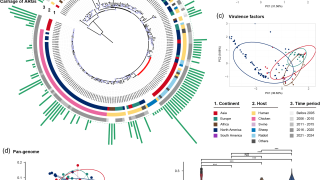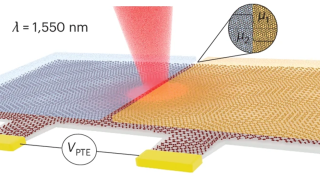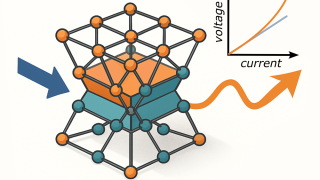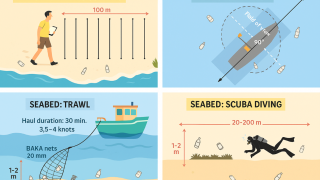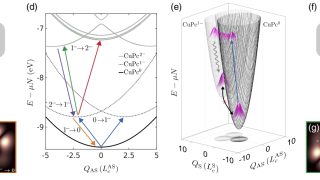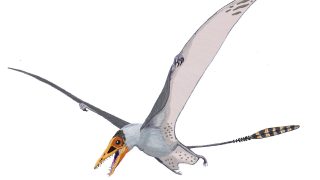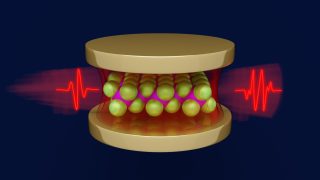
Mitigating health risks through targeted microbial interventions
Biotechnology • Chemical engineering • Food processing • Microbiology • Molecular biology
Biogenic amines (BAs) are nitrogenous compounds formed primarily by microbial decarboxylation of amino acids. In food products, they can accumulate to levels that pose health risks, including histamine poisoning and hypertensive crises due to tyramine ingestion . Fermented foods, particularly cheeses, are significant sources of BAs due to their complex microbial consortia and the metabolic […]
